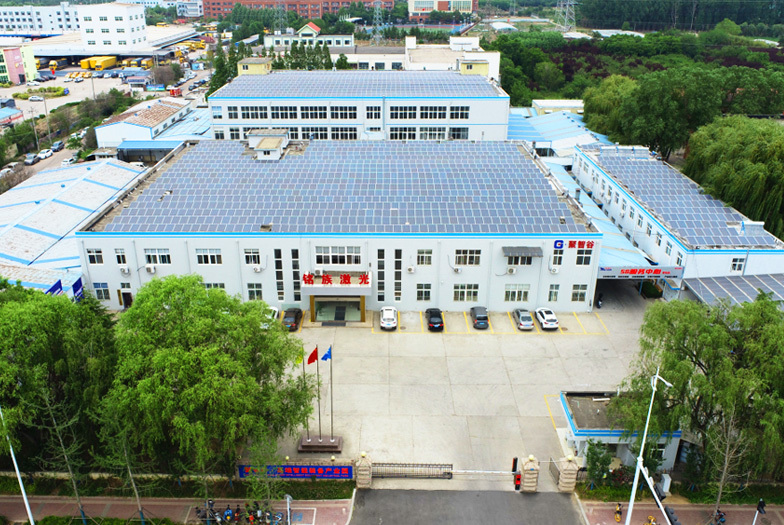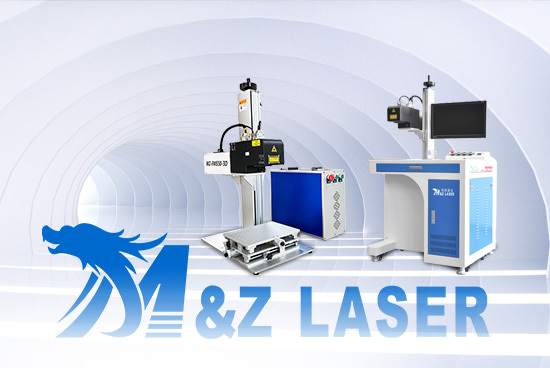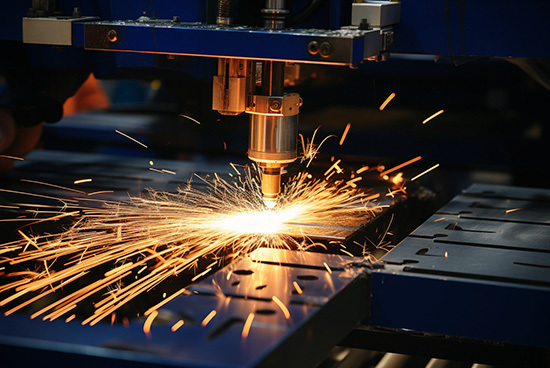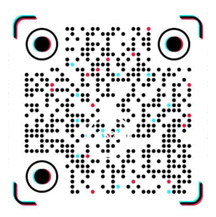激光打标机在铭牌制作中的应用
Release time:
2025-05-23
Application of Laser Marking Machines in Nameplate Production
In modern industrial production, nameplates serve as a symbol of product identity, carrying important information such as brand logos, product models, production dates, and serial numbers. With advancements in technology, nameplate production techniques are constantly innovating. Among them, laser marking machines, with their high precision, high efficiency, and flexibility, have been widely used in the nameplate production field. This article will delve into the specific applications and advantages of laser marking machines in nameplate production.
I. Basic Principles of Laser Marking Machines
Laser marking machines utilize high-energy density laser beams, controlled by a computer, to perform non-contact engraving or burning on the surface of materials, thereby leaving permanent markings. The working principle is roughly divided into the following steps: First, the laser generator produces a laser beam; second, the optical system (such as beam expanders and focusing lenses) focuses the laser beam into a tiny spot; then, under the guidance of the computer program, the laser beam moves rapidly across the material surface according to the preset graphics, text, or QR codes; finally, the laser energy acts on the material surface, causing the material to locally melt, vaporize, or change color, forming a clear and lasting mark.
II. Advantages of Laser Marking Machines in Nameplate Production
1. High Precision and High Quality: Laser marking machines can achieve micrometer-level precision control, ensuring that every character and pattern is accurately presented, with smooth edges and no need for post-processing. In addition, the patterns and text of laser marking have extremely high clarity and are not easily faded or worn even after prolonged use, ensuring the long-term readability of the nameplate information.
2. High Efficiency and Flexibility: Laser marking machines use a non-contact processing method, avoiding material damage that may be caused by traditional mechanical engraving, while significantly improving production efficiency. More importantly, the laser marking system can easily achieve rapid switching between different fonts, sizes, and patterns, and even supports the generation of dynamic QR codes, meeting the diverse and personalized needs of nameplate production.
3. Environmental Protection and Energy Saving: Compared with traditional chemical etching and inkjet printing methods, laser marking does not require the use of chemical solvents, reducing environmental pollution. At the same time, laser marking machines consume relatively low energy during operation, and most equipment has an automatic sleep function, further reducing energy consumption.
4. Wide Range of Applicable Materials: Laser marking technology is applicable to the surface marking of almost all metals (such as stainless steel, copper, aluminum, etc.), non-metals (such as plastics, wood, glass, etc.), and some special materials (such as ceramics, leather), providing a wide range of material choices for nameplate production.
III. Specific Application Cases of Laser Marking Machines in Nameplate Production
1. Electronic Product Nameplates: In electronic products such as smartphones, laptops, and home appliances, laser marking technology is often used to produce nameplates containing brand logos, models, and serial numbers, which are not only aesthetically pleasing but also effectively prevent counterfeiting.
2. Mechanical Equipment Nameplates: For heavy machinery, laser marking machines can easily handle the marking needs of complex patterns and high-hardness materials, ensuring that the information on the nameplate is clear and durable, facilitating maintenance and traceability.
3. Jewelry Nameplates: On high-end jewelry such as gold and silver ornaments and diamonds, laser marking technology can achieve precise identification, such as brand logos, purity markings, and unique serial numbers, without affecting the product's appearance while enhancing product authenticity identification.
4. Food and Drug Packaging Nameplates: In the food and pharmaceutical industries, laser marking machines are used to print key information such as production dates, expiration dates, and batch numbers on packaging, ensuring the accuracy and tamper-proof nature of the information and protecting consumer rights.
IV. Conclusion
In summary, laser marking machines, with their high precision, high efficiency, flexibility, environmental protection, energy saving, and wide range of applicable materials, have demonstrated enormous potential and value in the nameplate production field. With continuous technological advancements and expanding application areas, laser marking machines will undoubtedly occupy an even more important position in the future nameplate production market, driving the industry towards higher quality and higher efficiency.
Previous
Next
Previous
Next














